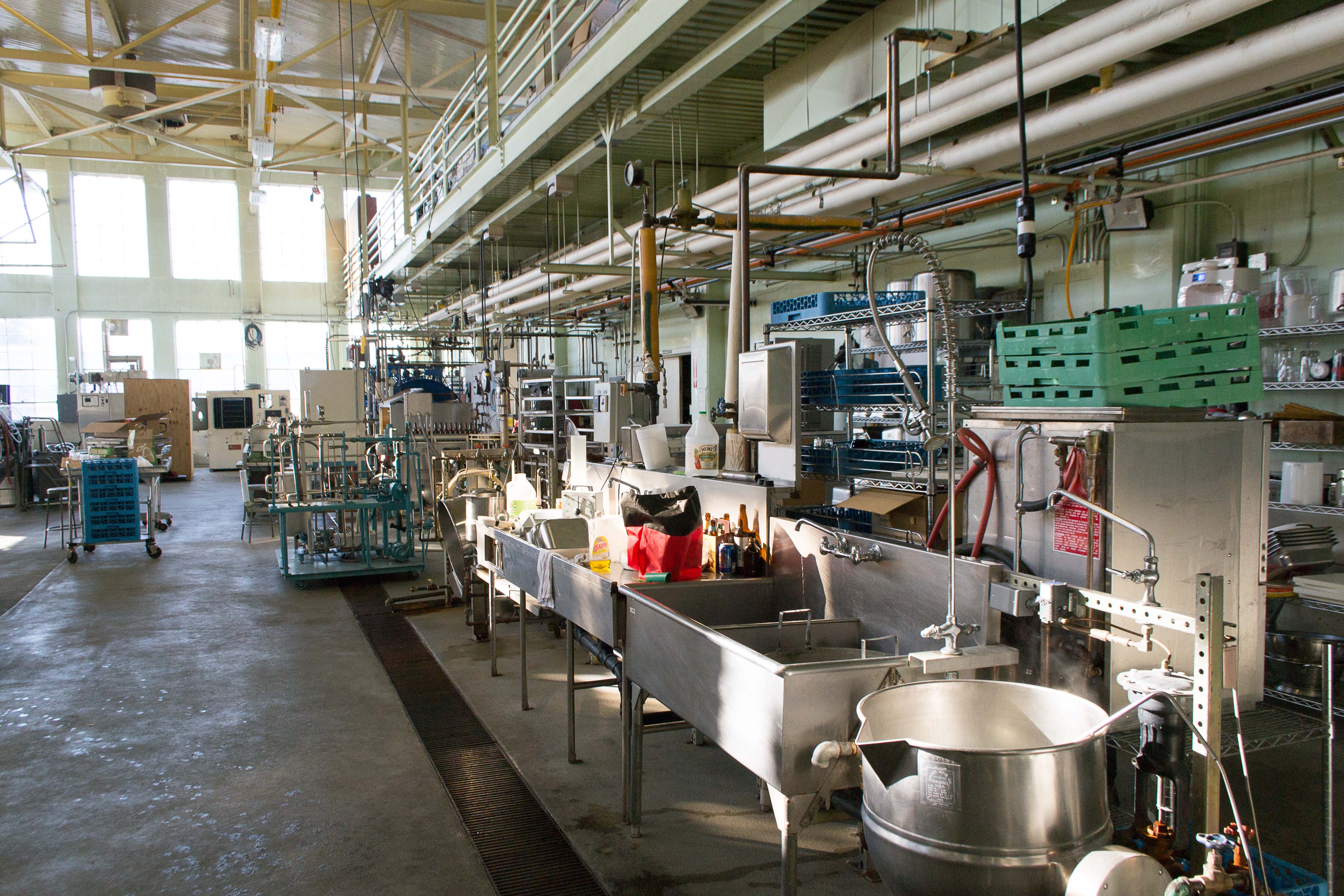
Photo from academic.microsoft.com
Abstract We compare willingness-to-pay information revealed through bids of the Becker–DeGroot–Marschak (BDM) auction mechanism with inferred valuations and real market prices. Applying nine food products, in three different experiments in… Click to show full abstract
Abstract We compare willingness-to-pay information revealed through bids of the Becker–DeGroot–Marschak (BDM) auction mechanism with inferred valuations and real market prices. Applying nine food products, in three different experiments in which individuals express both bids and inferred valuations, the former were consistently lower than inferred valuations for others (with an average bid discount of 11.6%). We use econometric analysis to point out the importance of the limited number of auctioned products, and related information, on participants’ discount behaviour.
Journal Title: Food Quality and Preference
Year Published: 2017
Link to full text (if available)
Share on Social Media: Sign Up to like & get
recommendations!